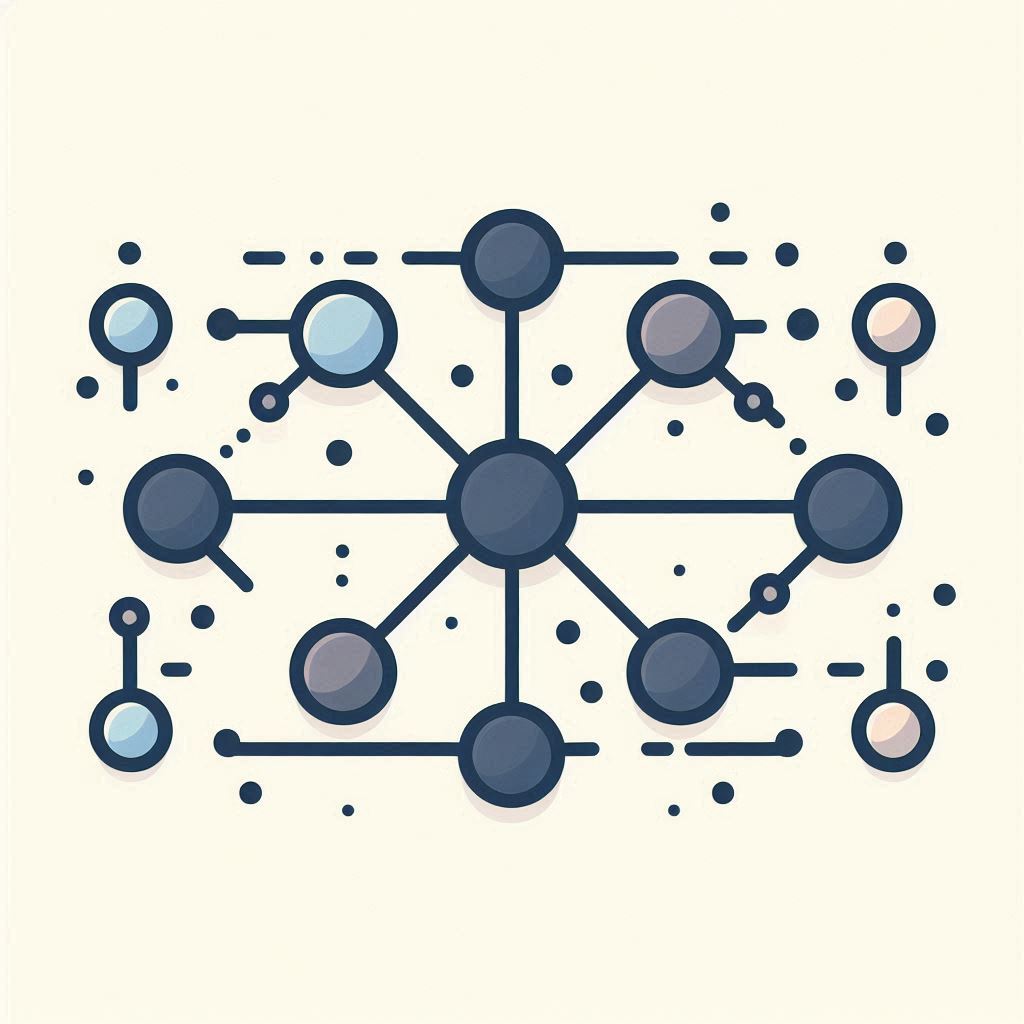
Researchers have developed an innovative memoization strategy for multi-swarm particle swarm optimization that dramatically improves software verification by reducing computational complexity and memory consumption. 💡
Software verification is a bit like playing an extremely complex game of "spot the potential problem" in computer systems. 🕵️♀️ As our software gets more intricate, checking every possible scenario becomes mind-bogglingly difficult. Traditional model-checking methods often hit a wall called the "state-space explosion problem" - imagine trying to map every single possible route in a city with millions of intersections! 🌆
Enter the heroes of our story: a research team that's cracked a clever code to make this process smarter and more efficient.
Think of msPSO like a team of detective squads, each assigned to investigate a different neighborhood of a massive city. Instead of one overwhelmed detective trying to check every single street, multiple teams work simultaneously, each covering a specific area. This approach dramatically reduces the workload for each individual "detective swarm". 🕵️♂️🕵️♀️
The real magic happens with their innovative memoization strategy. Imagine if these detective squads could instantly recall similar cases they've already solved, instead of starting from scratch every time. That's exactly what this method does!
The researchers developed a way to:
The results were impressive:
The researchers aren't stopping here! They're dreaming big:
In a world increasingly dependent on complex software systems, this research offers a beacon of hope. From self-driving cars to medical devices, ensuring software safety has never been more critical. This breakthrough could mean fewer bugs, reduced risks, and more reliable technology. 🚗🤖
Stay curious, stay innovative! 🌟
Source: Kumazawa, T.; Takimoto, M.; Kodama, Y.; Kambayashi, Y. Memoization in Model Checking for Safety Properties with Multi-Swarm Particle Swarm Optimization. Electronics 2024, 13, 4199. https://doi.org/10.3390/electronics13214199
From: Sanyo-Onoda City University; Software Research Associates, Inc.; Tokyo University of Science; Hosei University.